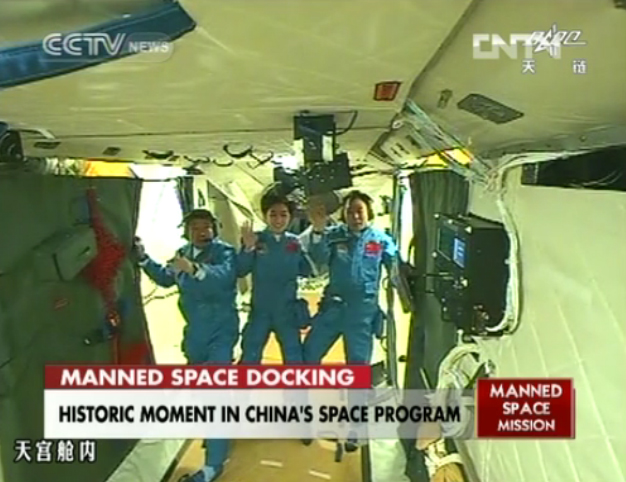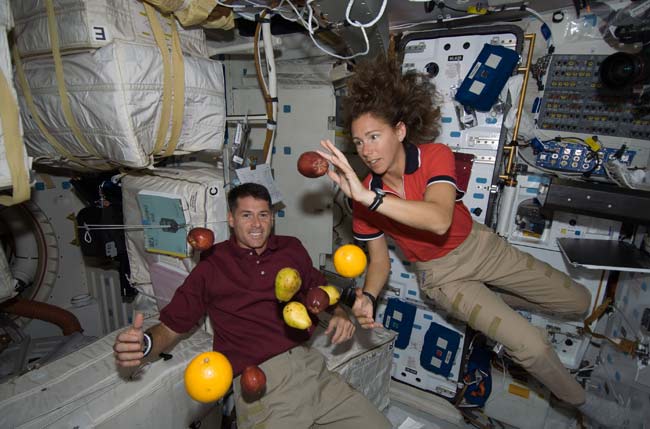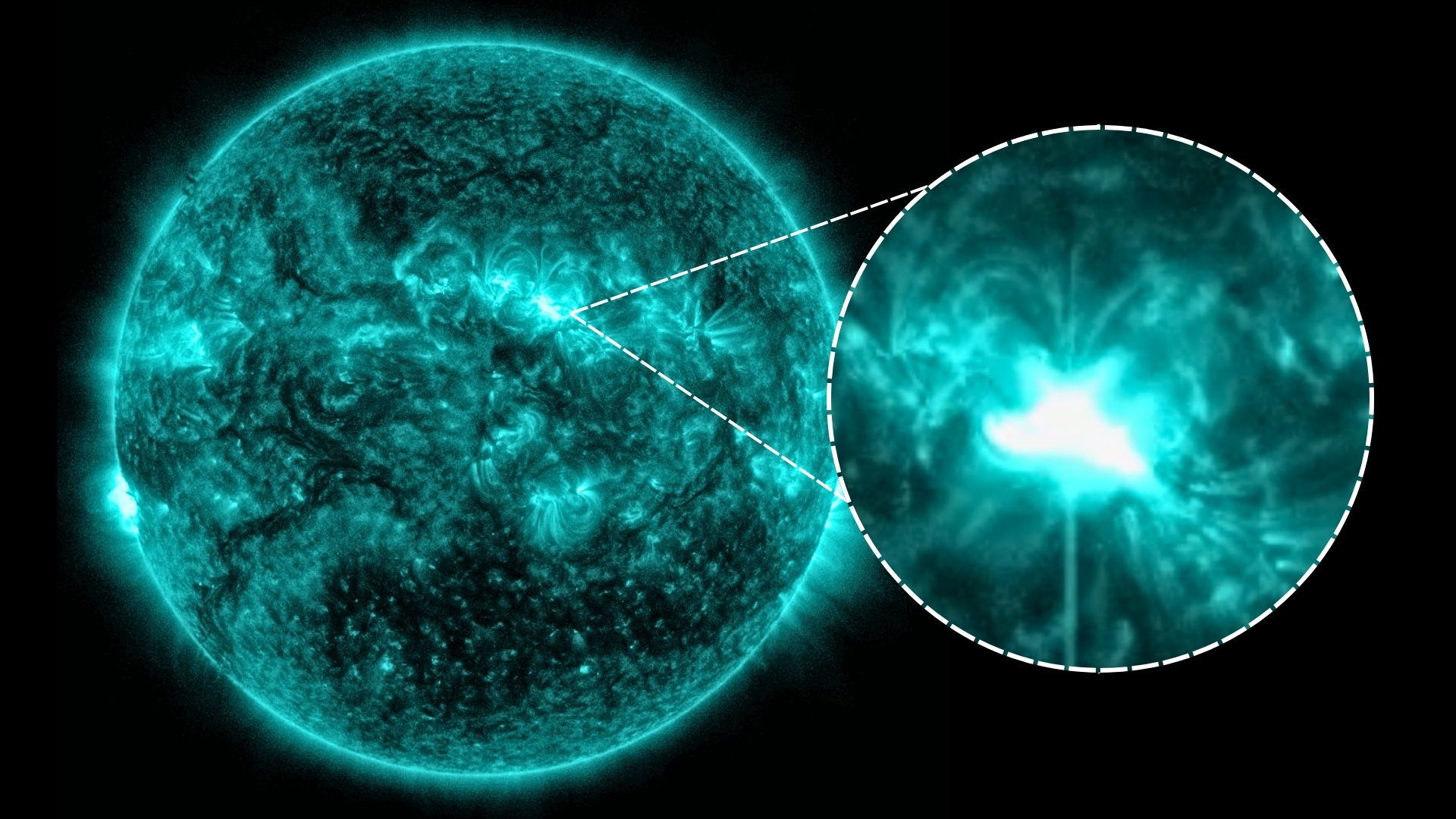You've Got Mail! Chinese Astronauts Get Email in Space

Three Chinese astronauts made history Monday when their spaceship successfully docked to a prototype space lab in orbit for the first time, but the spaceflyers hit another milestone today (June 19): They received their first email in space, according to state media reports.
The astronauts living aboard China's Tiangong 1 space module received an email from ground controllers that contained photos, text and videos, officials at the Beijing Aerospace Control Center confirmed to the state-run Xinhua news agency.
The message was sent through a dedicated communication channel between the prototype module in space and mission controllers on the ground.
The crew, which includes China's first female astronaut, launched into orbit aboard the Shenzhou 9 spacecraft on Saturday (June 16). Two days later, the spacecraft automatically linked up with the Chinese Tiangong 1 test module, marking the nation's first manned space docking. The successful maneuver made China only the third nation, after the United States and Russia, to accomplish such a feat.
The achievement is a critical step toward China's ambitious goal of building a space station in orbit by the year 2020. The Shenzhou 9 mission also includes another first for China, the flight of its first female astronaut Liu Yang.
The Shenzhou 9 crew is expected to remain in orbit for about 13 days, and later this week, the astronauts will undock their spacecraft from Tiangong 1 to attempt the procedure again in manual mode, Chinese space officials have said.

Since their arrival at the prototype space lab, Liu Yang, mission commander Jing Haipeng and crewmember Liu Wang have been inspecting onboard facilities and carrying out experiments, Deng Yibing, chief engineer of the Chinese astronaut training center told Xinhua.
Breaking space news, the latest updates on rocket launches, skywatching events and more!
And although the astronauts are treated to 16 sunrises and sunsets in orbit, the crew has been sticking to a schedule that more closely resembles their fellow citizens back home.
"They got up at 6 a.m. Beijing Time today and will go to bed in the evening," Deng told Xinhua.
China's astronauts aren't the only residents in Earth orbit to be able to get emails from home. The six-man crew on the International Space Station, a 15-country project that does not include China, regularly uses the Internet to receive emails, and even post Twitter updates, blogs and spectacular pictures of Earth from space.
The Tiangong 1 test module launched into orbit in September 2011. An unmanned vehicle, Shenzhou 8, lifted off in November of that year and completed China's first automated space docking. The crewed Shenzhou 9 docking represents a significant technical milestone for China's space program.
The country intends to build a space station in orbit by the year 2020 and one day land its astronauts on the moon. Last December, Chinese space program officials unveiled a white paper listing the country's space exploration goals, which include the large 60-ton manned space station as well as a mission to return samples of the moon to Earth by 2016 using a robotic spacecraft.
Follow SPACE.com on Twitter @Spacedotcom. We're also on Facebook and Google+.
Join our Space Forums to keep talking space on the latest missions, night sky and more! And if you have a news tip, correction or comment, let us know at: community@space.com.

Space.com is the premier source of space exploration, innovation and astronomy news, chronicling (and celebrating) humanity's ongoing expansion across the final frontier. Originally founded in 1999, Space.com is, and always has been, the passion of writers and editors who are space fans and also trained journalists. Our current news team consists of Editor-in-Chief Tariq Malik; Editor Hanneke Weitering, Senior Space Writer Mike Wall; Senior Writer Meghan Bartels; Senior Writer Chelsea Gohd, Senior Writer Tereza Pultarova and Staff Writer Alexander Cox, focusing on e-commerce. Senior Producer Steve Spaleta oversees our space videos, with Diana Whitcroft as our Social Media Editor.
